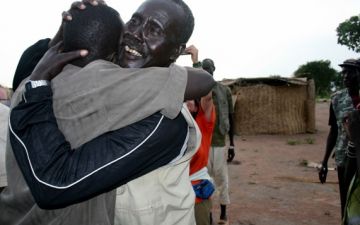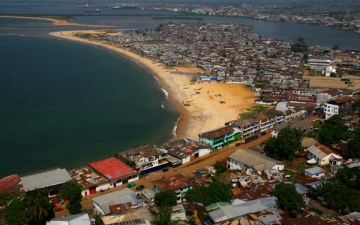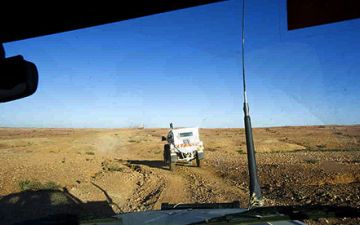High-Tech vs. Humane Healthcare
A woman was being carried down the road in a bed.
I have encountered some strange things in South Sudan—seen malnourished children; nearly stepped on a large opalescent snake—but nothing more compelling than this.
What impressed me as I struggled to catch up was the speed at which the four men carrying the women were moving, each supporting a leg of a bed constructed of rough-cut wood and a lattice of rope.


